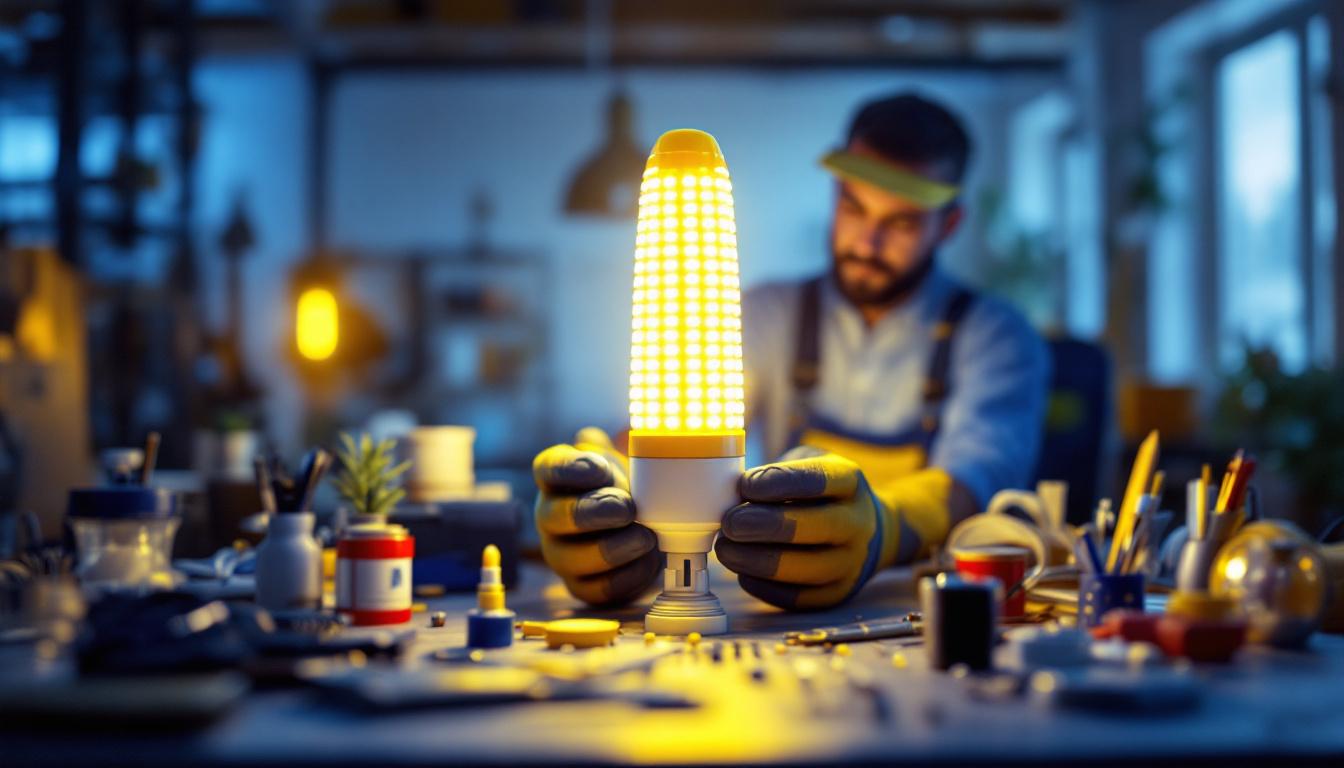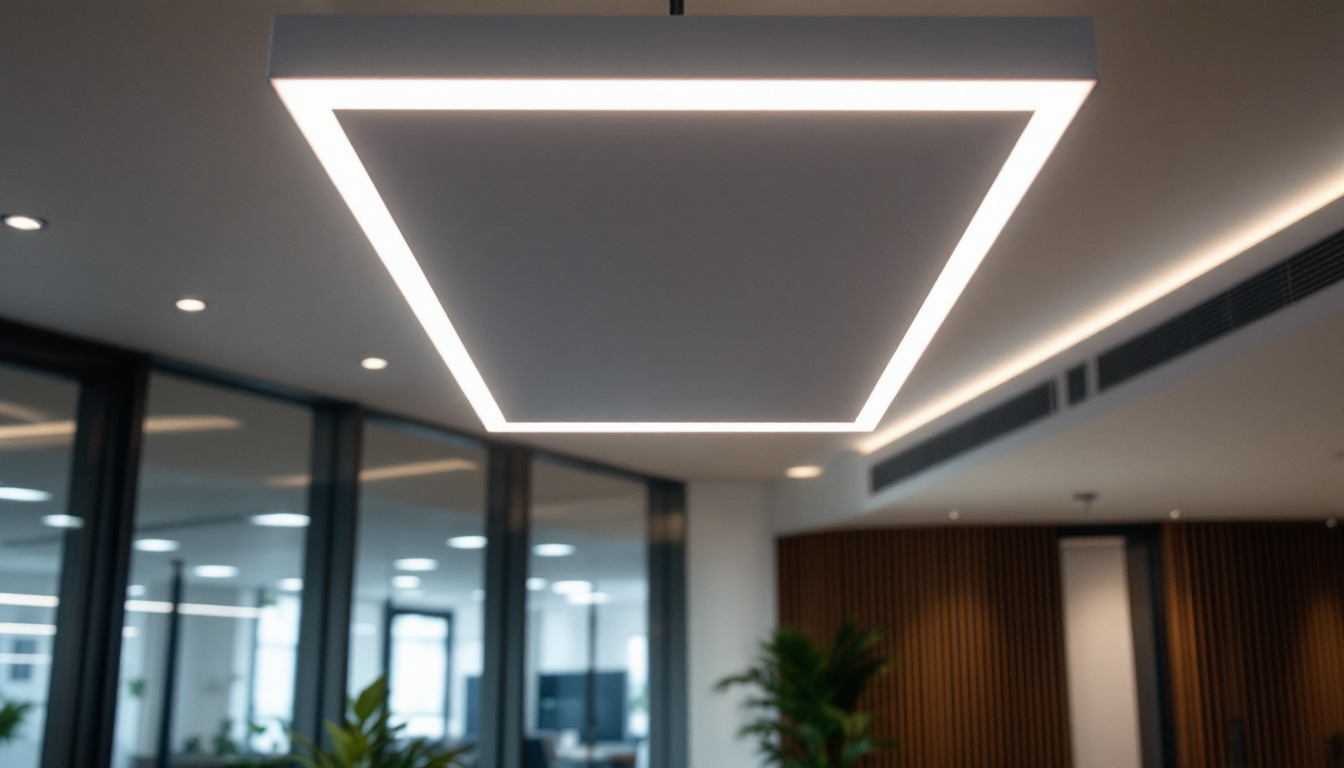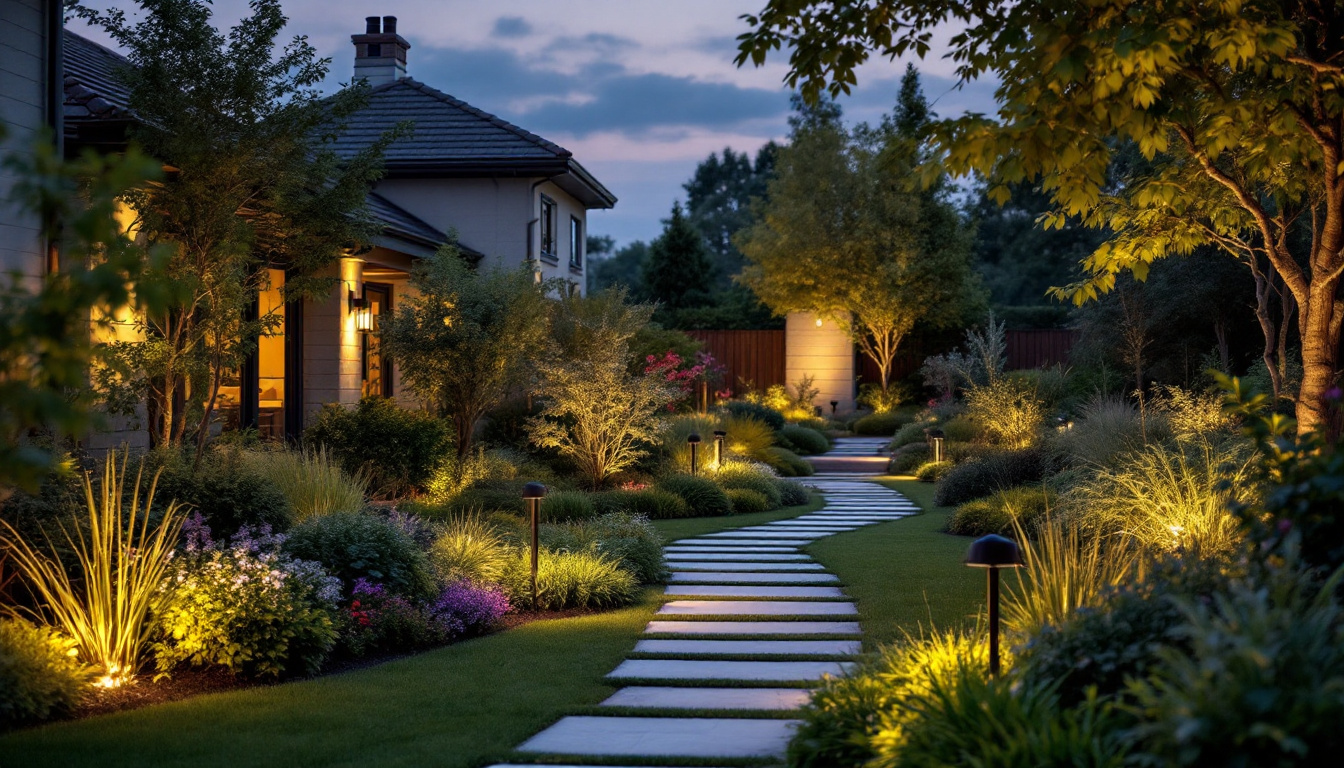
Solar light fixtures have become a significant segment within the lighting industry, driven by increasing demand for sustainable, energy-efficient solutions. For lighting contractors, integrating solar lighting into their portfolio offers not only an opportunity to meet evolving client expectations but also to expand their business in a competitive market.
Solar fixtures harness sunlight through photovoltaic panels, converting it into electrical energy stored in batteries. This energy powers the light source, typically LEDs, during nighttime or low-light conditions. The absence of wiring requirements and reduced operational costs make solar lighting an attractive option for a variety of applications, from street lighting and parking lots to residential and commercial landscapes.
With governments and municipalities worldwide emphasizing green infrastructure, lighting contractors who understand the nuances of solar technology position themselves as valuable partners in sustainable development projects. This article provides expert insights into selecting, installing, and maintaining solar light fixtures, helping contractors deliver optimal solutions to their clients.
Moreover, the technological advancements in solar lighting have led to improved efficiency and longer-lasting products. Modern solar fixtures often come equipped with smart technology, allowing for features such as motion sensors and remote control capabilities. These innovations not only enhance the functionality of solar lights but also provide users with greater control over their energy consumption, further appealing to eco-conscious clients. As the market continues to evolve, staying informed about these advancements will enable contractors to offer cutting-edge solutions that align with their clients’ sustainability goals.
Additionally, the aesthetic appeal of solar light fixtures has improved significantly, with designs that cater to various architectural styles and landscaping needs. From sleek, contemporary designs to more traditional lantern styles, contractors can now find solar lighting options that seamlessly blend into their clients’ environments. This versatility not only enhances the visual appeal of outdoor spaces but also allows for creative lighting solutions that can transform areas into inviting and functional spaces, thereby increasing the overall value of the properties they serve.
The heart of any solar light fixture is the photovoltaic (PV) panel. These panels are typically made from monocrystalline or polycrystalline silicon cells, each with distinct efficiency levels and cost implications. Monocrystalline panels offer higher efficiency and better performance in low-light conditions, while polycrystalline panels are more cost-effective but slightly less efficient.
Lighting contractors should assess the energy requirements of the fixture and the expected solar irradiance of the installation site. This ensures the PV panel is appropriately sized to generate sufficient energy throughout the day, accounting for seasonal variations and shading factors. Additionally, advancements in bifacial solar technology are gaining traction, allowing panels to capture sunlight from both sides, thereby increasing energy output without requiring additional space. This innovation can be particularly beneficial in urban environments where roof space is limited.
Energy storage is critical to the reliability of solar lighting. Modern solar light fixtures utilize lithium-ion or lithium iron phosphate (LiFePO4) batteries due to their superior energy density, longer life cycles, and better thermal stability compared to traditional lead-acid batteries. Proper battery sizing and quality directly impact the fixture’s autonomy—the number of nights it can operate without sunlight.
Advanced charge controllers and power management systems regulate battery charging and discharging, protecting batteries from overcharge, deep discharge, and temperature extremes. Lighting contractors should prioritize fixtures with smart controllers that adapt to environmental conditions and optimize energy use. Furthermore, some systems now incorporate IoT technology, allowing for remote monitoring and management of battery health, which can provide valuable insights into performance trends and maintenance needs. This level of connectivity can enhance the longevity of the fixtures and ensure they operate at peak efficiency.
Light Emitting Diodes (LEDs) are the preferred light source in solar fixtures due to their energy efficiency, durability, and long lifespan. The choice of LED chips, color temperature, and lumen output must align with the intended application—whether for security lighting, pathway illumination, or decorative purposes.
Optics and lens design influence light distribution patterns, ensuring uniform illumination and minimizing light pollution. Contractors should verify photometric data and ensure compliance with local lighting standards to meet client expectations and regulatory requirements. Additionally, the integration of smart lighting technologies, such as motion sensors and dimming capabilities, can further enhance the functionality of solar light fixtures. These features not only conserve energy but also provide a tailored lighting experience that can adapt to the presence of pedestrians or vehicles, making them ideal for both residential and commercial applications. As the demand for sustainable solutions grows, the evolution of LED technology continues to play a pivotal role in the development of more efficient and environmentally friendly lighting options.
Successful solar lighting installations begin with a thorough site assessment. Contractors must evaluate solar access by identifying potential shading obstacles such as trees, buildings, or utility poles that could reduce the PV panel’s exposure to sunlight. Tools like solar pathfinders or smartphone apps can aid in this analysis.
Understanding local climate patterns, including average sunlight hours and weather variability, helps in selecting fixtures with appropriate battery capacity and panel size. For instance, regions with frequent overcast conditions may require larger panels or hybrid systems to ensure consistent lighting performance.
Determining the lighting load involves calculating the number of fixtures, their wattage, and operating hours. Lighting contractors should collaborate with clients to define lighting goals—whether for safety, aesthetics, or energy savings—and design a layout that maximizes coverage while minimizing costs.
Fixture placement must consider mounting height, spacing, and orientation to optimize illumination and solar panel exposure. For example, pole-mounted fixtures should be positioned to avoid shadows on the PV panels during peak sunlight hours.
Though solar light fixtures eliminate the need for trenching and wiring, proper mechanical installation remains essential. Contractors should ensure secure mounting to withstand environmental stresses such as wind, rain, and vandalism. Using corrosion-resistant materials and appropriate fasteners extends fixture lifespan.
Electrical connections between the PV panel, battery, and LED module must be weatherproof and comply with relevant electrical codes. Attention to polarity, grounding, and surge protection safeguards the system against faults and lightning strikes.
One frequent challenge is managing expectations regarding light output and autonomy. Solar fixtures may not match the brightness or continuous operation of grid-powered lights, particularly during extended cloudy periods. Educating clients on these limitations and selecting high-quality components mitigates dissatisfaction.
Another issue is battery degradation over time, which can lead to reduced performance. Contractors should advise clients on maintenance schedules and battery replacement intervals to maintain system reliability.
Regular maintenance is vital to sustaining the performance of solar light fixtures. Cleaning PV panels to remove dust, dirt, and debris ensures maximum energy absorption. Inspecting batteries for signs of corrosion or swelling and checking electrical connections helps prevent unexpected failures.
Contractors should recommend maintenance contracts or provide training to clients’ facility managers to facilitate ongoing care. Preventive maintenance extends the operational life of the fixture and optimizes return on investment.
When solar light fixtures underperform, contractors can systematically diagnose issues by checking the battery voltage, panel output, and LED functionality. Multimeters and specialized solar testers assist in identifying faults such as battery failure, wiring problems, or controller malfunctions.
Replacing components with compatible, high-quality parts is crucial. Contractors should maintain relationships with reputable suppliers to access genuine replacement batteries, controllers, and LEDs.
Compliance with electrical codes, lighting ordinances, and environmental regulations is mandatory for solar lighting installations. Contractors must stay informed about standards such as the International Electrotechnical Commission (IEC) guidelines for photovoltaic systems and local building codes governing outdoor lighting.
Adhering to dark sky initiatives and minimizing light pollution can be a selling point for environmentally conscious clients. Proper fixture selection and aiming reduce glare and skyglow, aligning projects with sustainability goals.
Many jurisdictions offer financial incentives for renewable energy installations, including solar lighting. Lighting contractors should familiarize themselves with available rebates, tax credits, and grant programs that can reduce project costs and accelerate client approvals.
Proactively assisting clients in navigating incentive applications enhances the contractor’s value proposition and encourages wider adoption of solar lighting solutions.
The solar lighting industry continues to evolve rapidly. Emerging technologies such as smart controls, IoT integration, and adaptive lighting systems are transforming how solar fixtures operate and are managed. Lighting contractors who embrace these innovations can offer clients enhanced functionality, including remote monitoring, dimming capabilities, and predictive maintenance alerts.
Advances in battery chemistry and PV materials promise greater efficiency and longer service lives, further improving the economics of solar lighting. Additionally, hybrid systems combining solar with grid power or energy storage solutions provide reliable lighting in challenging environments.
Staying abreast of these trends enables lighting contractors to deliver cutting-edge solutions that meet both current and future client needs.
Solar light fixtures represent a compelling opportunity for lighting contractors to diversify their offerings and contribute to sustainable infrastructure development. By understanding the technology, conducting thorough site assessments, adhering to best installation practices, and committing to ongoing maintenance, contractors can ensure successful project outcomes.
Moreover, awareness of regulatory frameworks and incentive programs empowers contractors to guide clients through the complexities of solar lighting projects. Embracing innovation and continuous learning will position contractors as trusted experts in this dynamic and growing market segment.
Ultimately, the integration of solar light fixtures not only benefits the environment but also enhances the contractor’s reputation and profitability in an increasingly eco-conscious marketplace.
Ready to elevate your lighting projects with the most efficient solar light fixtures on the market? At LumenWholesale, we provide lighting contractors like you with the highest quality, spec-grade lighting products at prices that can’t be beaten. Say goodbye to middleman markups and hello to a vast selection of reliable, high-performance lighting that meets the strictest industry standards. Plus, with free shipping on bulk orders, you can stock up on premium lighting solutions without worrying about hidden fees or compromises. Don’t miss out on the perfect combination of quality, affordability, and convenience. Take the next step in sustainable lighting by visiting Wholesale Lighting at the Best Value and start transforming your business today.

Discover why LED corn cob lights are becoming indispensable for lighting contractors.

Discover the insider techniques lighting contractors use to bypass ballast systems efficiently.

Discover how LED drop ceilings revolutionize energy efficiency in modern architecture.

Explore the top landscape lighting options with our comprehensive guide tailored for lighting contractors.